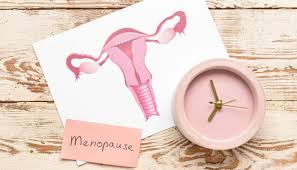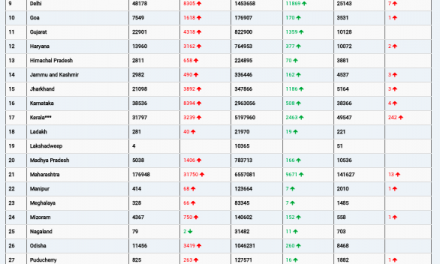A recent study by researchers at the Texas A&M University School of Public Health delves into a novel approach for reducing alcohol consumption among high-risk college students, offering new strategies to support their health and well-being. Published in the American Journal of Health Education, the research explores the potential of a harm reduction framework to guide alcohol misuse interventions on U.S. college campuses.
Alcohol consumption has long been a common part of the collegiate experience. According to the 2021 National Survey on Drug Use and Health (NSDUH), around 50% of full-time college students between the ages of 18 and 22 consumed alcohol in the past month. While some students drink responsibly, a significant portion of the student body engages in heavy drinking behaviors that raise serious health concerns. The NSDUH report revealed that over one in four college students engage in binge drinking, which involves consuming five or more drinks for men and four or more drinks for women in a single occasion. This level of drinking can lead to a blood alcohol concentration (BAC) of 0.08% or higher, the legal threshold for impairment.
Excessive alcohol consumption comes with numerous risks, including academic problems, injuries, alcohol use disorder, unsafe sexual behaviors, driving under the influence, and even fatal accidents. With such dangers in mind, the study led by Dr. Benjamin Montemayor, Assistant Professor at the Texas A&M School of Public Health, focuses on examining factors that may lead students to reduce their alcohol intake, rather than merely identifying factors that promote heavy drinking.
The research team took a unique perspective by exploring the intention to reduce alcohol consumption through the lens of the Theory of Planned Behavior. This theory assesses three key aspects: personal attitudes toward behavior, subjective norms (the social pressures students feel), and perceived control over the behavior. The study involved 822 high-risk college drinkers from a large U.S. public university.
The findings indicated that students’ attitudes and social norms strongly influenced their intention to reduce alcohol consumption. Those who viewed alcohol use as harmful or unhealthy, and those influenced by key social relationships, were more likely to express an intention to cut back on drinking. Interestingly, however, the students’ perceived control over their drinking habits did not have a significant impact on their intent to reduce consumption. This suggests that while students felt they had control over their behavior, it did not always translate into actual efforts to decrease their drinking.
Montemayor and his team argue that a harm reduction approach, which does not necessarily advocate for total abstinence, may be more practical and effective for this high-risk population. Instead of focusing solely on discouraging drinking, the researchers propose creating programs that encourage reductions in alcohol use, thereby preventing harmful outcomes and eventually guiding students toward healthier drinking habits.
“Our goal is to acknowledge the reality that many college students drink,” Montemayor said. “Rather than telling them to abstain, we should provide programs that support gradual reductions in consumption, moving students away from risky drinking behaviors.”
This approach emphasizes a pragmatic stance, recognizing that while full abstinence may be an ideal outcome, fostering controlled drinking in the short term could lead to lasting health benefits. Over time, the researchers suggest, students may naturally reduce their alcohol use as they transition into adulthood and take on greater responsibilities, such as full-time work and family life.
The study contributes to a growing body of research on harm reduction, offering a fresh perspective on addressing alcohol-related harm in a population known for engaging in risky behaviors.
Disclaimer: This article is based on findings from a study conducted by the Texas A&M University School of Public Health and reflects the views and conclusions of the research team. Individual responses to alcohol reduction strategies may vary. Always seek professional guidance for personalized health advice.
Source: Montemayor, B.N., et al. “Examining the Utility of the Theory of Planned Behavior in Studying Intention to Reduce Drinking Among High-Risk College Students in the U.S.” American Journal of Health Education (2024). DOI: 10.1080/19325037.2024.2422071











